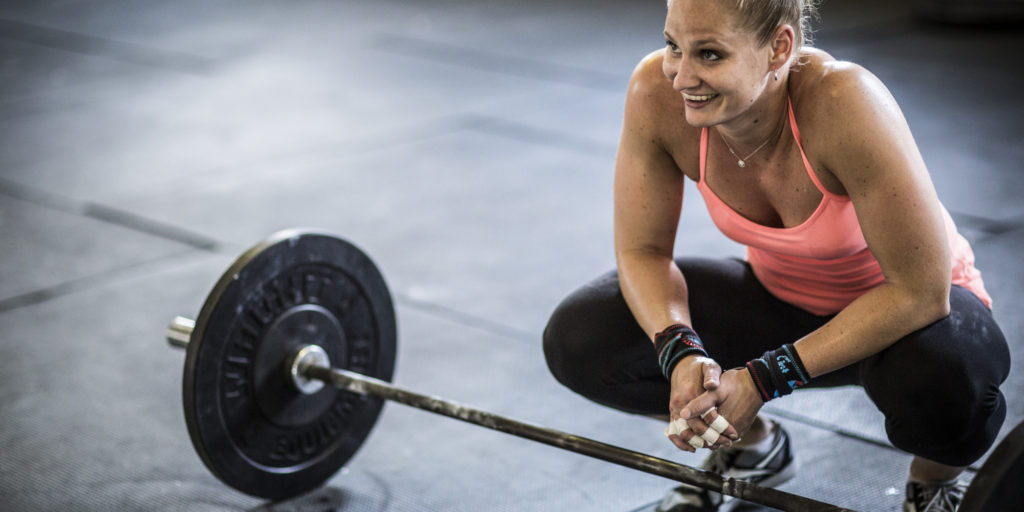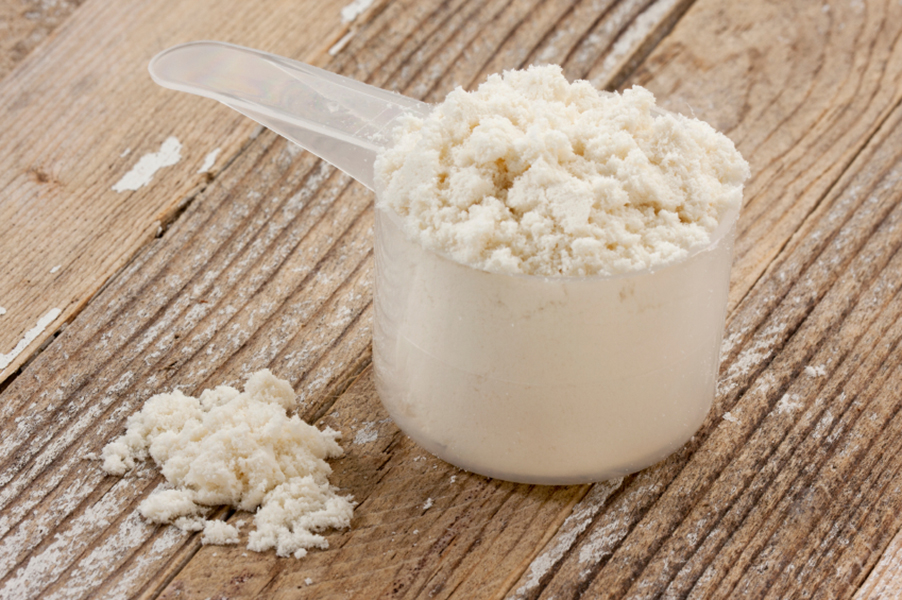Your Work to Rest Ratio

I’m not sure when it happened, but somewhere along the line of the fitness evolution “rest” acquired a negative connotation. Harder is assumed to be better and if you’re standing around during a workout you’re potentially looked at as lazy or just going through the motions.
The time you spend working is actually just as important as the time you spend recovering from said work. Whether it’s lifting alone or attending a group exercise class, recovery between sets of work can make or break your gains.
How much rest should you be taking between sets? It depends on the type of exercise you’re doing.
Strength Training: Heavy Weight, Low Reps
To make a long story short, most of your energy while lifting heavy comes from a reserve that doesn’t require oxygen. This reserve is super small so it doesn’t last that long. After lifting super heavy (usually no more than 6-ish reps) you need to fully replenish this reserve so you’re able to maintain your strength for the next set. If you don’t you’ll go into the next set without maximal energy and may see a decrease in performance.
Goal: Get stronger and perform each rep with maximum power
Rest: Approximately 3 minutes
Strength Training: Moderate/Heavy Weight, Moderate Reps
On the most basic of levels, most of your energy while lifting (typically 12-15-ish reps) moderately comes from a system that uses the carbohydrates you consume. The release of these carbohydrates is steady and won’t deplete quickly or need to be replenished as often. Because of this, when you’re doing more reps and working for a longer period of time with a more moderate weight your recovery doesn’t need to be as long as heavy weight/low reps. Shorter rest periods can increase muscle growth by an increased production of lactate, which brings more blood to the muscle more quickly.
Goal: Achieve efficient muscle growth
Rest: Approximately 1 or 2 minutes.
Strength Training: Light Weight, High Reps
You may think that by lifting light weights for a higher rep count you’re “toning” muscle, but what you’re actually doing is making your muscles more resistant to fatigue. A major cause of fatigue is lactic acid build-up. Lifting weights in a 15-20 rep range can make your body more efficient at clearing lactic acid from the muscles and recovering more quickly. While your endurance may improve, that’s not to say you’ll be burning more fat or building more muscle.
Goal: Condition your body to resist fatigue and clear lactate acide more quickly
Rest: Approximately 45 seconds to 2 minutes
High Intensity Interval Training
Rest is especially important to HIIT in order to gain the most benefit. By definition HIIT is periods of high intensity followed by periods of low intensity. How much rest you take during your low intensity period will depend on your level of fitness and goals. If you’re unsure how long to take, your heart rate is a great indicator. After your hard period of work, rest until your heart rate is almost back to resting heart rate, or until your breathing returns back to normal.
Goal: Endurance to work at high intensities for multiple sets (10 or more)
Rest: Equal rest to work or 1:2 type ratio
Goal: Increasing speed
Rest: 1:4 or 1:5 type ratio
Regardless of the type of exercise, too many people make the mistake of not fully utilizing their rest interval meaning that your next work period will not be done to a max intensity. On the flip side, too much rest can take place and you’ll start to cool down leaving you at risk for injury when you re-enter the work phase. Every body is different, play around with your rest period, take notice of how your body feels before, during and after exercise.







Responses